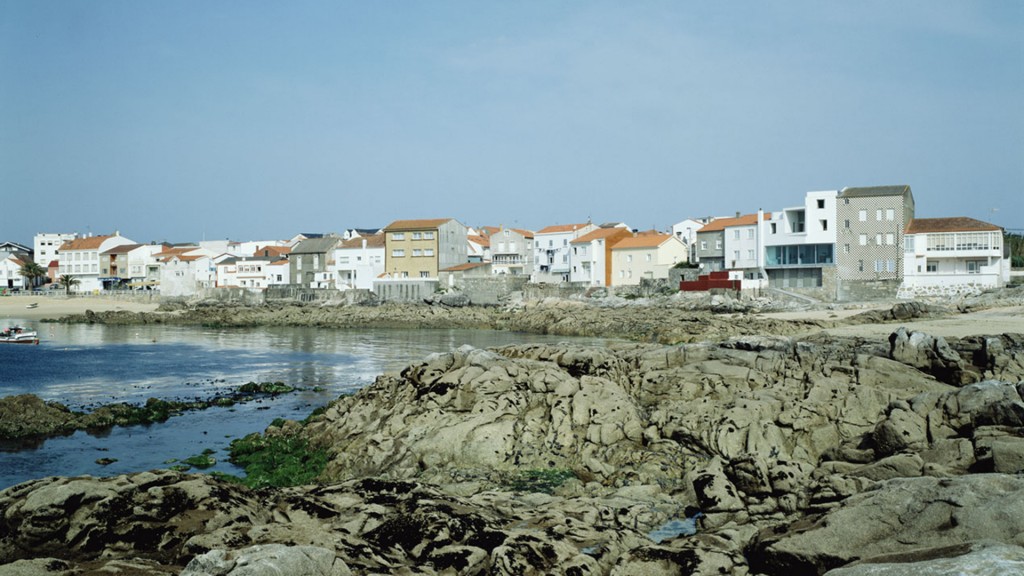Del 6 de Junio al 11 de Julio, del presente año, se celebra, en Ribeira, el Workshop Ría de Arousa, donde hemos podido participar como profesores asistentes. Se trata de un taller de arquitectura promovido por el célebre arquitecto británico David Chipperfield, muy vinculado a este territorio, donde lleva veraneando más de 25 años. Su vivienda particular es una buena muestra de esa sensibilidad por el entorno y un ejemplo de integración.

Dicho taller, donde participan alumnos de Arquitectura de A Coruña y de Barcelona, pretende analizar este territorio de alto valor productivo y poner de relieve el potencial de esta región. Todo ello, en base a dos parámetros fundamentales: desarrollo y protección, que el propio David Chipperfield expresó con mayor profundidad en una conferencia celebrada en la London School of Economics and Political Science.

carta de David Chipperfield a los alcaldes de la región:
Dear ( … )
A team in David Chipperfield Architects is undertaking a study of the coastal area that can be loosely described as the north side of Ria Arosa, running from Porto do Son to Rianxo and the mouth of river Ulla.
I have observed the modest changes over these years and my general interest, beyond this study, is how we can accommodate change and development, and encourage investment in our cities and in our rural areas while hanging on to, protecting the inherent qualities of the place. Globally we are struggling to balance the need to develop and the desire to protect.
I am particularly fascinated by this issue in the context of Galicia. Why? Because Galicia contains the extreme conditions, firstly an unambiguous quality in terms of nature and place, still relatively unspoilt, and on the other hand an urgent need to develop local economies.
It should be accepted that Galicia’s greatest treasure is its nature, it is of course fragile and in the short term difficult to exploit without ruining it.
Galicia’s particular climate has protected it from the advance of global mass tourism, and inadvertently has been protected from itself; however as an architect
it is difficult not to observe the disappointing quality of urban development and the damage done to the towns and villages over the last 40 years.
Protection is regarded with suspicion and is seen to be the enemy of development but in Galicia the protection of nature and consequently the general environment is critical to its economy. The quality of the water is not only important to protect but it is fundamental to the fishing and marisco industries, not to mention tourism.
Galicia as a ‘brand’ is related to high quality produce, related to the image of Galicia as ‘unspoilt’. This image benefits not only the particular tourist industry but also the food products of Galicia, fish, marisco, farm produce, wine etc.
It is difficult for a poor economy to take a long term view on treasures it cannot necessarily take immediate advantage of, but it is important that this blessed land is not compromised by it’s difficult present condition, that the immediate concerns and long term future are both engaged.
Within this context it is clear that planning the future, encouraging certain types of development in certain areas, protecting other areas, creating a long term vision within which short term plans might be made, is critical.
From my experience this planning is difficult to put in place, if for no other reason than lack of resources. For this reason we would like to engage with the five administrations of the immediate area and with the support of regional government and hopefully European as well as external expert advice we would like to develop a guideline plan for the area, combining commercial and ambient concerns. We enter this exercise with the sole intention of working towards a plan that may become a useful tool for future work and by taking a non-authoritative and objective position perhaps develop a blueprint for further work.
(…)
David Chipperfield

